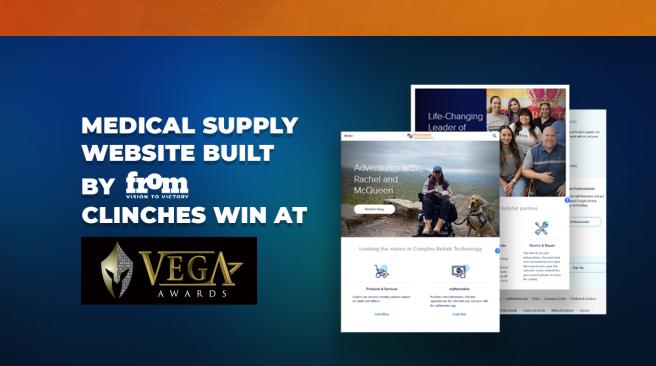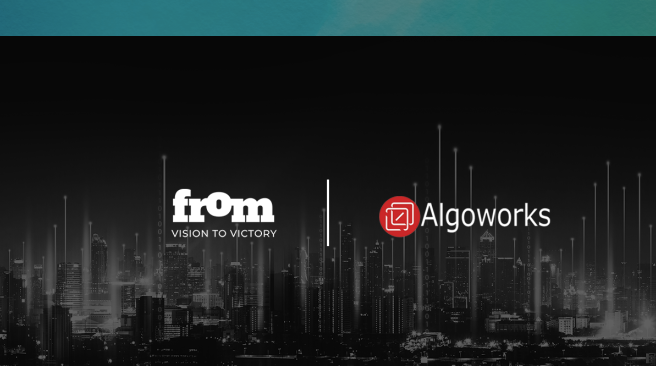Insights | By Howard Tiersky
What Type of Visionary Are You
According to the Old Testament, "Without a vision, people perish." This applies not just to people, but also digital products. While not every digital undertaking achieves its vision, rare are those that simply stumble their way to success. Victory is almost always the realization of an intentional vision.
But what goes into a complete "vision"? Creating breakthrough digital experiences requires vision in a variety of dimensions, and rarely can one person provide the full perspective. In this article, we review the six types of visionaries essential in contributing to a complete conception of a digital offering or enterprise. Which type of visionary are you, and of those around you, who has the talent and experience to play the other roles for your digital product?
The Business Visionary
Defines the fundamental value proposition: Who is the digital experience targeting? What needs does it fulfill? How is it fundamentally differentiated from other offerings that attempt to fulfill the same needs? How does it generate value for the business, and What is the "revenue model"? For example, Uber was conceived as a way to provide a more efficient taxi experience for people looking for immediate transportation over relatively short distances; it was also less expensive because it leveraged the vehicles of individuals who wanted to make extra cash, rather than "professional" taxicabs. The business vision does not address how the product achieves these goals, only the business opportunity to be pursued.
The Product Visionary
Describes what the product should actually do, and what features will create the kind of differentiated solution for customer needs that the business vision requires. Honey, for example, is a browser plug-in that, when you’re looking at a product on a website, alerts you as to whether that product might be available on another website for a lower price, or if there is a promo code is available to reduce the price of the product on the current site. Two specific (and different) features, both designed to build on Honey's fundamental business vision. The product vision does not describe how the product looks or achieves these requirements, only the capabilities it must provide.
The Interactive Visionary
Designs the physical manifestation of the product and how a user will interact with it, be it the design of the screens and flow of a mobile app or website, or the physical design of a consumer product and its packaging. For example, the Netflix product vision of allowing easy access to tens of thousands of movies and TV shows and providing recommendations based on past viewing is realized across multiple interactive interfaces for web, mobile devices, and television screens. These interfaces are critical to an easy and fun experience of logging in, finding, and playing movies.
The Implementation Visionary
Considers how to apply technology to build out the product, based on the interactive vision and the core capabilities of the product vision. For example, building Google Maps, even once fully conceived, required figuring out where to get map data, how to construct the algorithms to calculate the shortest route between different points, how to factor in traffic data, etc.
The Content Visionary
Is often overlooked. He or she considers how the use of text, image, video or other content types can engage the user, deliver value, and motivate desired behaviors. For example, the product concept of Amazon as "Earth's biggest store" is enhanced by the huge amount of content Amazon incorporates around products, both sourced from manufacturers and provided by users, including millions of reviews.
The Operations Visionary
Considers what it will take to actually operate the digital capability — how it needs to be staffed and how to enable it to scale rapidly, if necessary. Zappos pursues its mission of making customers happy by allowing them to shop online for shoes and other items with the confidence of knowing they will receive free shipping on returns and a full refund if not satisfied. But realizing the operational vision of a customer support staff that would make customers feel taken care of, supported and delighted required a detailed operations vision that includes hiring, training, managing and empowering a large staff to make it happen.
Each type of vision builds on the prior. Without a business vision, the product visionary is adrift. Designers trying to design digital products without clear requirements are likely to fail, and so it goes on down the list. But a visionary at each level provided clear direction from the previous level, can then consider the infinite array of ways in which that "level" of vision could be formulated. Consider Uber. Could the fundamental business proposition of Uber be delivered via other product visions? Could Netflix still enable you to do all the same things on their site or app via a different interface? Could Amazon have used a different approach to delivering content to support your purchase process? The clarity of the "input" vision at each level doesn’t restrict the next level of the visionary. In fact, it empowers them, because it gives them a goal towards which to create the next step of the vision. And the requirements of the prior level are a good test to see if the vision they are drafting is meeting the overall needs of the project's success.
Optimally, this team encourages collaboration between the different types of visionaries, as well as iterative cycles for high productivity. Your product visionary may raise questions to the business visionary that causes the business vision to be adjusted (and so on down the line,) but it’s essential that the owners of each level of vision have clarity around the key decisions they are responsible for and are appropriately experienced, so as to be able to thrive in delivering that specific aspect of the solution vision.
So what type of visionary are you; how have you seen this model play out within your own organization?














